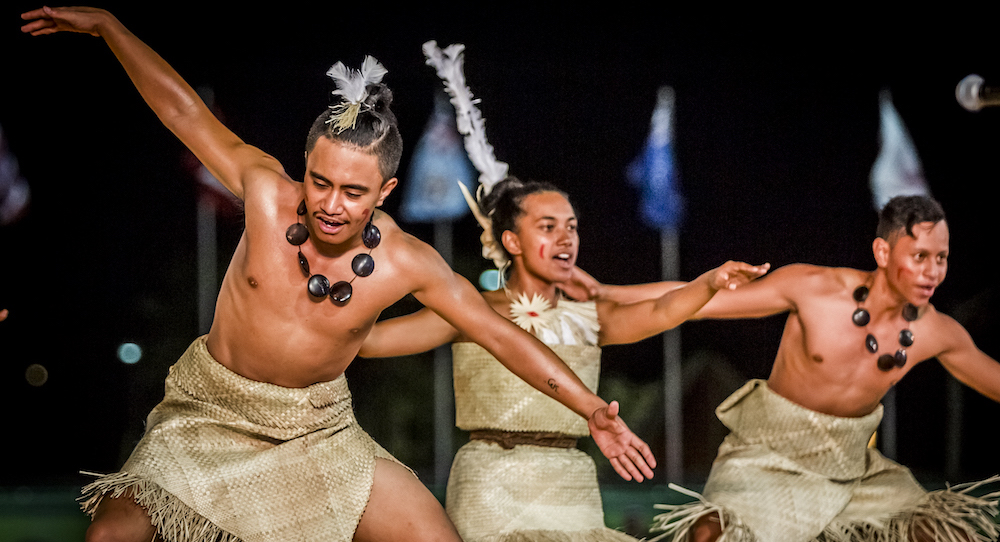Are you in Sydney? Get down to Sydney Opera House in November for Homeground on 25-26 November 2017. It’s a free event in the iconic and infamous landscape of Sydney harbour, featuring music, dance and art from first nations people. There is some incredible traditional, hybrid, cross cultural and cross genre work being presented. There is also an indigenous dance competition, Dance Rites, with more than 260 dancers participating.
Head of First Nations Programming at Sydney Opera House Rhoda Roberts says, “Aboriginal culture has always been about intergenerational exchange. Male and female custodians of song, story and dance passed these onto the next generation, to maintain the rituals, songlines and ceremonies required to protect and maintain their country and homelands. In today’s society, there has been a resurgence of passing on knowledge and ensuring elements are recorded.”

Dance Rites. Photo courtesy of Dance Rites.
After attracting capacity crowds in 2016, Dance Rites, Australia’s national Indigenous dance competition, is the community highlight of the program. Showcasing the language, dance movements, instruments and skin markings of their communities in a specially-made harbourside sand circle, Dance Rites participants share knowledge between generations and communities to reignite ancient cultural practices. The winner receives a $20,000 prize.
“While participating in ceremony, other old-age skills are often taught, such as weaving, making costumes, feather belts, shields and spear making,” Roberts says. “Under the kinship systems that Aboriginal people live by, whether urban, rural or remote, there are certain songs and dances that only certain members in the tribe can dance or sing. Everything we do follows strict protocols and observance of whose country the events take place on. Aboriginal culture is very holistic, so you cannot separate the story from the song or the dance.”
She continues, “The judges are from diverse areas, including NAISDA (National Aboriginal Islander Skills Development Association), professional performers from companies like Bangarra, independent performers representing Aboriginal and Torres St Islander communities, as well as community-based leaders in cultural, arts and craft practices, representing the grass roots community.”

Muggera. Photo courtesy of Muggera.
The festival also includes work by Jannawi Dance Clan, Muggera and Rako Pasifika.
“‘Muggera’ in the Yugambeh language means ‘storm’ or ‘lightening’,” says Muggera Co-Artistic Director Darren Compton. “That’s where my people are from, so it’s in my language. We chose that name because of the way we dance when we do traditional; we’re very quick and really loud, like thunder.”
Muggera performs traditional and contemporary forms of dance. “When we were growing up, it was Rage and Video Hits, so for the next generation to have their own people on television, who they can relate to more closely, that’s huge for us,” says Muggera Co-Artistic Director Jacqueline Cornforth. “We get to remote communities, and Darren gets mobbed by kids.”
Homeground is on at the Sydney Opera House Forecourt from 25-26 November. For more information, see www.sydneyoperahouse.com/homeground and www.naisda.com.au.
By Tamara Searle of Dance Informa.

















